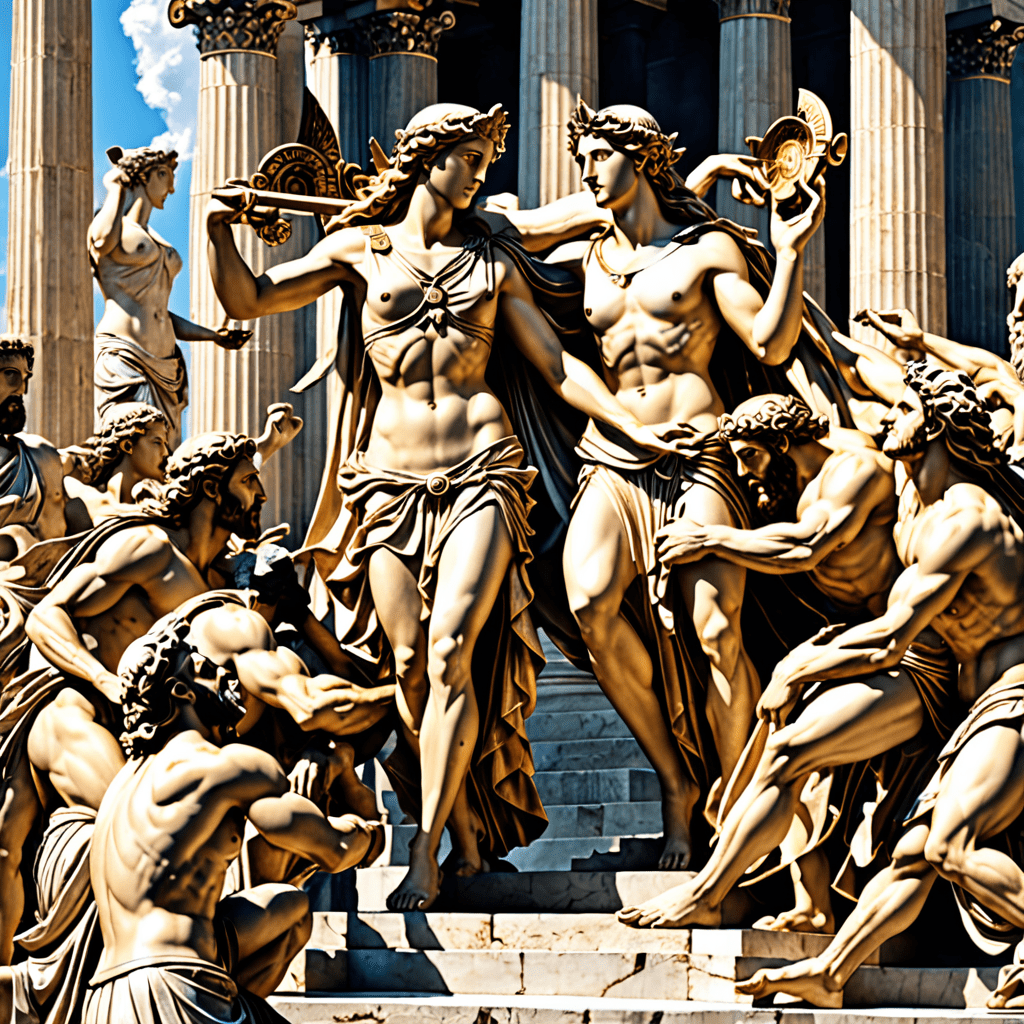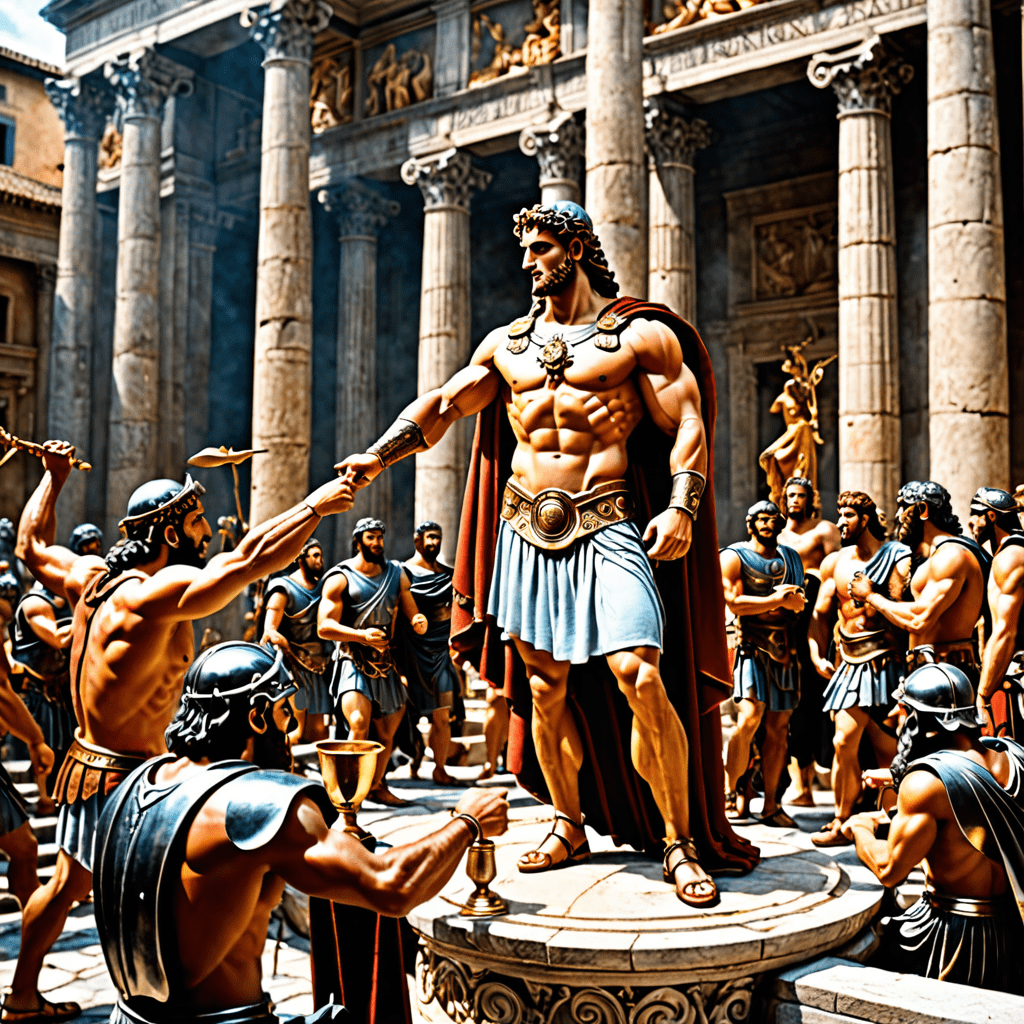Weaving Threads of Myth and Reality
The Incan Empire, a civilization that once flourished in the Andes Mountains of South America, left behind a rich legacy of textiles that continue to captivate and inspire. These intricate tapestries, woven with skill and artistry, are not only stunning works of art but also hold a deep connection to the Incan worldview, spirituality, and social structure. The very fabric of Incan society was woven into their textiles, making them more than just clothing; they were tangible expressions of their beliefs, traditions, and cultural identity. As we delve into the world of Incan textiles, we embark on a journey through the intricate interplay of myth, history, and artistry.
The Incan Empire: A Tapestry of Power and Spirituality
The Incan Empire, at its peak, spanned a vast territory encompassing parts of modern-day Peru, Bolivia, Ecuador, Chile, and Argentina. The Inca, meaning "ruler" or "lord," established a sophisticated civilization with intricate systems of governance, agriculture, and social organization. Their empire was built upon a foundation of spirituality, with the sun god Inti at the heart of their beliefs. The Inca saw their emperor, the Sapa Inca, as a divine descendant of Inti, further cementing the connection between power, spirituality, and the divine. This intricate web of belief systems was woven into the very fabric of their society, including their textiles.
The Myth of the Virgins of the Sun: Textiles and Ritual
One of the most intriguing aspects of Incan mythology is the legend of the "Virgins of the Sun," known as the "Aclla." These women were chosen for their beauty and purity, dedicated to serving the sun god Inti and his earthly representative, the Sapa Inca. The Aclla were responsible for weaving fine textiles for religious ceremonies and the royal court, signifying their role as intermediaries between the human and divine realms. Their textiles were believed to hold sacred power, representing the purity and grace of the sun god.
The Symbolism of Colors and Patterns in Incan Textiles
The intricate designs and vibrant colors of Incan textiles were not merely decorative; they held profound symbolic meanings. Each color, from the deep crimson of the sun to the cool green of the earth, represented a specific element, deity, or concept. For example, red symbolized blood, war, and the sun god Inti, while yellow represented gold, wealth, and the earth. Geometric patterns, such as triangles and squares, were believed to represent order, balance, and the cosmic forces that govern the universe. These patterns were not random; they were carefully chosen and arranged to convey specific meanings and messages.
The Sacred Llama: A Source of Wool and Mythological Significance
The llama, a gentle and domesticated animal native to the Andes, played a crucial role in Incan society. It was a source of wool, meat, and transportation, making it an essential part of their livelihood. But the llama also held deep spiritual significance. The Inca revered the llama as a symbol of the sun god Inti and associated it with fertility, abundance, and the cycle of life. Llama wool, considered sacred, was used to create textiles for religious ceremonies and clothing for the elite. The use of llama wool in Incan textiles served as a tangible reminder of their connection to the natural world and their spiritual beliefs.
The Role of Textiles in Incan Social Hierarchy
Incan textiles weren't just about beauty; they were a powerful symbol of social status and power. The quality and type of textiles worn by an individual indicated their position in society. The Sapa Inca, the emperor, wore the finest and most elaborate textiles, adorned with symbols of his divine authority. The nobility, too, enjoyed privileges in terms of clothing, with their textiles featuring intricate designs and precious materials like gold and silver threads. Commoners wore simpler textiles, often made from coarser wool and with fewer embellishments. This clear distinction in clothing reflected the rigid social hierarchy that defined Incan society.
Theories on the Origins of Incan Textile Techniques
The origins of Incan textile techniques are a subject of ongoing research and debate. Archaeological evidence suggests that the practice of weaving dates back thousands of years in the Andes region, predating the Incan Empire. While the Inca undoubtedly refined and developed existing techniques, they were influenced by the textile traditions of earlier Andean cultures. The use of backstrap looms, a portable weaving device, is a testament to the influence of ancient Andean textile traditions. Scholars are still working to decipher the specific influences and innovations that shaped Incan textile techniques.
Ancient Andean Textiles: Evidence of Trade and Cultural Exchange
Incan textiles are not only a window into their culture but also provide insights into the intricate network of trade and cultural exchange throughout the Andes region. The presence of different materials and designs in Incan textiles suggests that the Inca traded with other cultures, acquiring exotic wool, dyes, and weaving techniques. For example, the use of cotton, a plant native to coastal regions, in Incan textiles indicates trade with coastal communities. This exchange of goods and ideas enriched Incan textile traditions, making them a fascinating blend of different cultures.
The Enduring Legacy of Incan Textiles: From Myth to Modern Art
The beauty and craftsmanship of Incan textiles have captivated people for centuries. They have inspired modern artists and designers, influencing fashion, textiles, and even architecture. The intricate patterns, vibrant colors, and symbolic meanings of Incan textiles continue to fascinate and inspire. Many museums and galleries around the world showcase Incan textiles, preserving their legacy for future generations. Modern artists continue to draw inspiration from Incan textile traditions, reinterpreting ancient designs and techniques in contemporary art forms.
Unraveling the Mysteries: The Ongoing Exploration of Incan Textiles
The world of Incan textiles is still full of mysteries. Scientists and scholars are constantly working to unravel the secrets of ancient Andean textile traditions. New discoveries are made regularly, shedding light on the techniques, materials, and symbolism of Incan textiles. From studying the chemical composition of dyes to analyzing the intricate patterns, researchers are constantly expanding our understanding of these remarkable works of art.
FAQ
Q: What is the significance of Incan textiles?
A: Incan textiles are important because they offer a window into the beliefs, traditions, and social structure of the Incan Empire. They were not just clothing but also powerful symbols of religious beliefs, social status, and identity.
Q: What materials were used to make Incan textiles?
A: The primary materials were llama wool, alpaca wool, and cotton. They also used other fibers like vicuña wool, which was highly prized for its fineness, and guanaco wool.
Q: What are the key features of Incan textiles?
A: Key features include:
- Intricate designs: Geometric patterns, animal motifs, and stylized representations of deities and natural elements.
- Vibrant colors: Rich, earthy tones derived from natural dyes, like red from cochineal insects, yellow from achiote, and blue from indigo.
- Symbolic meanings: Each color and pattern represented specific concepts or beliefs, reflecting the Incan worldview.
Q: What modern-day art forms are influenced by Incan textiles?
A: Incan textiles have inspired modern art in:
- Fashion: Designs and color palettes are used in contemporary clothing.
- Textiles: Modern weavers use techniques and motifs inspired by Incan textiles.
- Architecture: The intricate geometric patterns and colors have influenced architectural designs.
Q: Where can I see Incan textiles today?
A: You can see Incan textiles in museums worldwide, including:
- The Museo Larco in Lima, Peru
- The American Museum of Natural History in New York City
- The British Museum in London
- The Field Museum in Chicago


